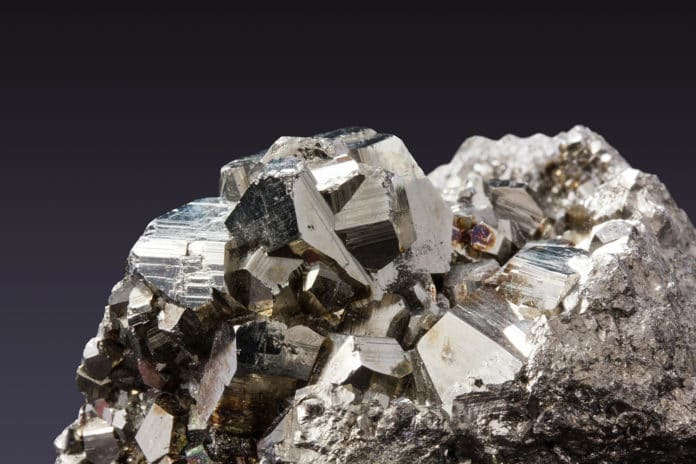Scientists and engineers at the University of Minnesota have managed to electrically transform the non-magnetic material into a magnetic material. This finding could be the first step in creating valuable new magnetic materials for more energy-efficient computer memory devices and electronics.
The researchers use an abundant and low-cost material iron sulfide, also known as “fool’s gold” or pyrite. It is worth virtually nothing but has an appearance that “fools” people into believing that it is gold.
In the study, they used the technique called electrolyte gating. First, they put the non-magnetic iron sulfide material in contact with an ionic solution, or electrolyte, comparable to Gatorade.
The team then applied small electrical volts, as little as 1 volt, to move positively charged molecules to the interface between the electrolyte and the iron sulfide, and induced magnetism. What’s important is as the researchers turned off the voltage, they were able to return the material to its non-magnetic state. This means that they can reversibly switch the magnetism on and off.
“We were pretty surprised it worked,” said Chris Leighton, the lead researcher on the study. “By applying the voltage, we essentially pour electrons into the material. It turns out that if you get high enough concentrations of electrons, the material wants to spontaneously become ferromagnetic, which we were able to understand with theory. This has lots of potentials. Having done it with iron sulfide, we guess we can do it with other materials as well.”
Magnetizing the non-magnetic materials is not a new concept. Before, methods have been devised to turn a non-magnetic metal into a magnet using laser light, and also by removing electrons to change the ratio of spin directions. But according to the team, this is the first time when any material is transformed into magnetic using electricity.
The next step is to continue research to replicate the process at higher temperatures. The team also hopes to try the process with other materials and to demonstrate the potential for real devices.
Journal Reference:
- Voltage-induced ferromagnetism in a diamagnet. DOI: 10.1126/sciadv.abb7721
